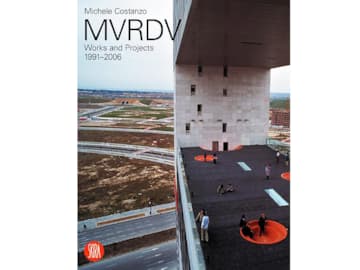
The Imprint
MVRDV's The Imprint, a dual structured entertainment facility, sits as the center piece of a new tourist hub in Seoul, South Korea. The sibling buildings, the Wonderbox and Nightclub, share an architectural language; both becoming an echo of their family, the immediate surrounding buildings. A golden spot floating over the building and the plaza in front boldly marks the Nightclub entrance.
- Location
- Incheon, South Korea
- Status
- Realised
- Year
- 2015–2018
- Surface
- 9800 m²
- Client
- Paradise Segasammy Co., Ltd.
- Programmes
- Cultural, Bar-restaurant
- Themes
- Architecture, Leisure, NEXT, Culture
Awards

2019DRIVENxDESIGN NOW Awards
Silver Award
.jpg?width=360&height=360&mode=pad&quality=75)
20192020 German Design Awards
Excellent Architecture category

2019Design for Asia Award
Merit Award
MVRDV’s The Imprint is part of the larger Paradise City complex of 6 buildings in total, which will provide a full suite of entertainment and hotel attractions less than a kilometre away from South Korea’s largest airport. Given the proposed programme of the 2 buildings – a nightclub and indoor theme park – the client required a design with no windows, yet one that still integrated with the other buildings in the complex. The design of The Imprint therefore arises from a simple question: can we design an expressive façade that connects with its surroundings even though it has no windows?
The design achieves this by projecting the façades of the surrounding buildings in the complex, which are ‘draped’ over the simple building forms and plazas like a shadow, and ‘imprinted’ as a relief pattern onto the façades.
“By placing, as it were, surrounding buildings into the facades of our buildings and in the central plaza, we connect The Imprint with the neighbours,” says Winy Maas, principal and co-founder of MVRDV. “This ensures coherence. Paradise City is not a collection of individual objects such as Las Vegas, but a real city.”
In order to achieve the desired ‘imprint’ of the surrounding buildings, the façade of The Imprint is constructed of glass-fibre reinforced concrete panels. As many of the 3,869 panels are unique, the construction required moulds to be individually produced using MVRDV’s 3D modelling files from the design phase. Once installed, these panels were painted white in order to emphasise the relief in the design.
As Winy Maas explains: “Two months ago most of the cladding was done and client said, ‘this is an art piece. What is interesting about that is that they are looking for that momentum—that entertainment can become art or that the building can become artistic in that way. What, then, is the difference between architecture an art? The project plays with that and I think that abstraction is part of it, but it has to surprise, seduce and it has to calm down.”
The golden spot is the project’s most obvious and attention-grabbing expressive element, even catching the eyes of passengers coming in to land at Incheon Airport. The golden colour is achieved simply, by using gold paint instead of white, and is reinforced by the lighting of the facades at night: while the majority of the façade is lit from below, the gold spot is highlighted from above. “The virgin building has received a splash of gold. This makes it as if the entrance is also illuminated at night by a ray of sunlight,” says Maas. “Passengers in the incoming aircraft can already see this ‘sun’ from above the ocean, as a kind of welcome to South Korea.”
The entrances, where the façades are lifted like a curtain to reveal mirrored ceilings and glass media floors, exude a sense of the excitement happening inside. “Reflection and theatricality are therefore combined,” concludes Maas. “With our design, after the nightly escapades, a zen-like silence follows during the day, providing an almost literally reflective situation for the after parties. Giorgio de Chirico would have liked to paint it, I think."
Gallery
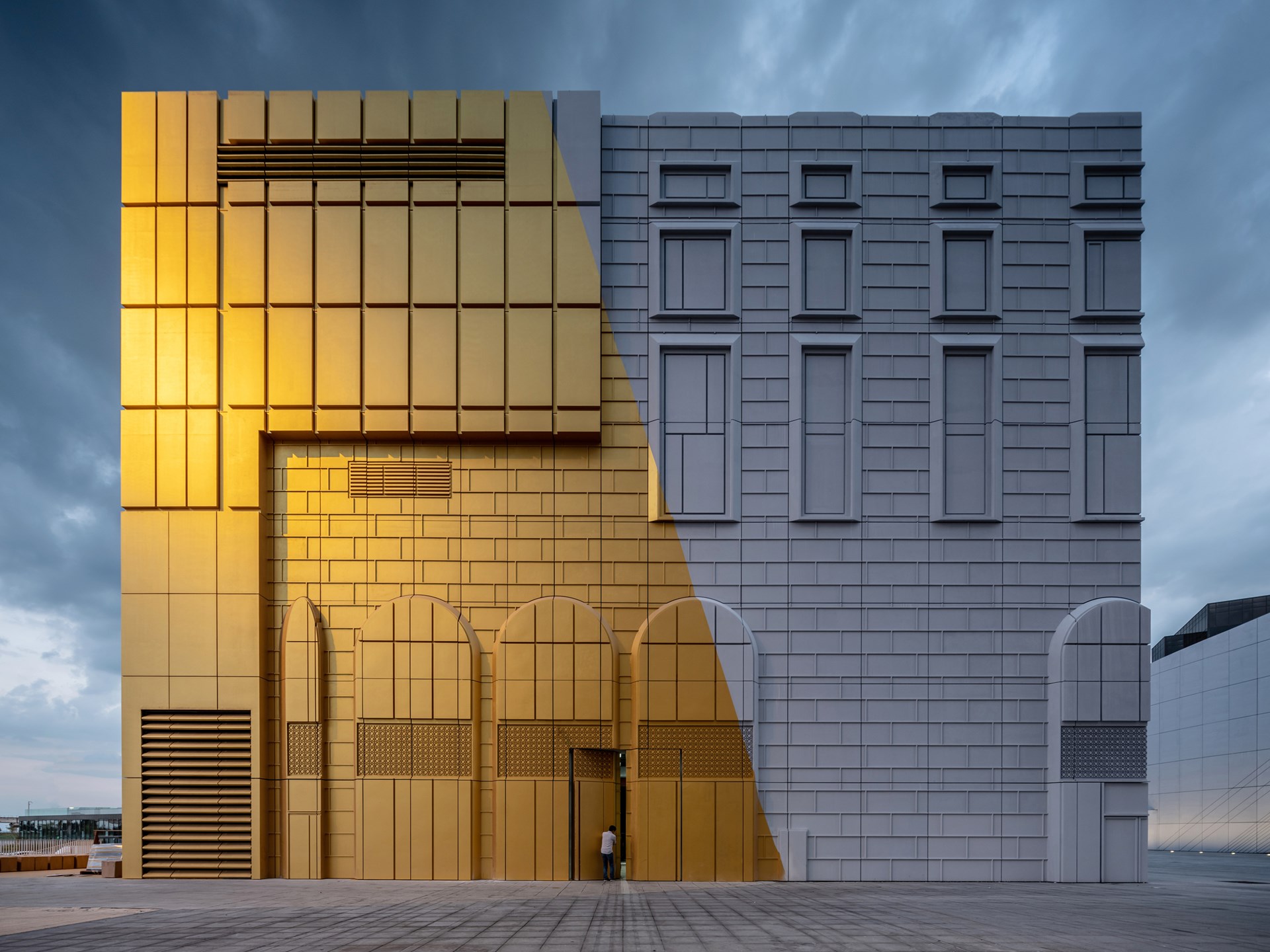
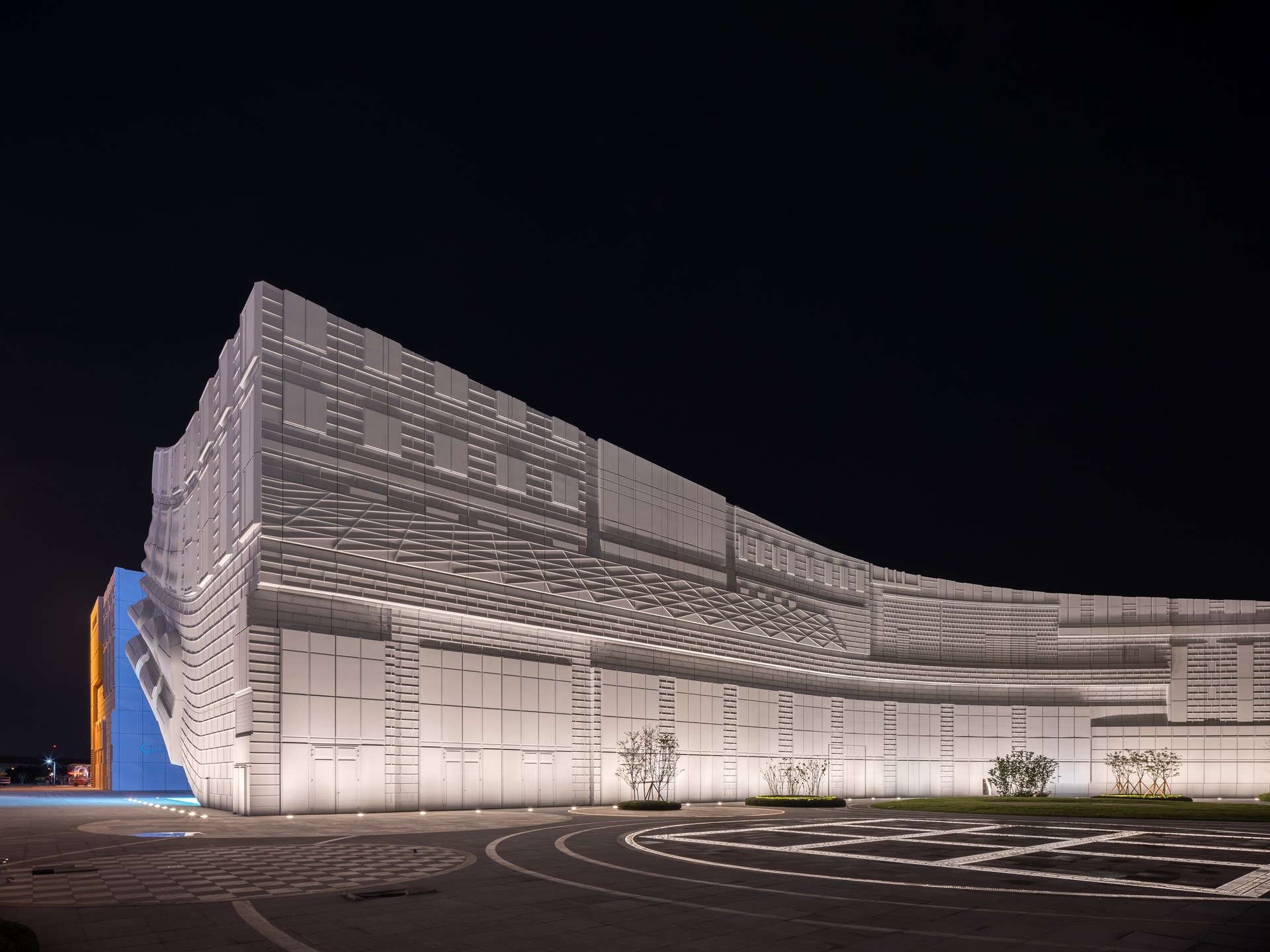
.jpg?width=1920)



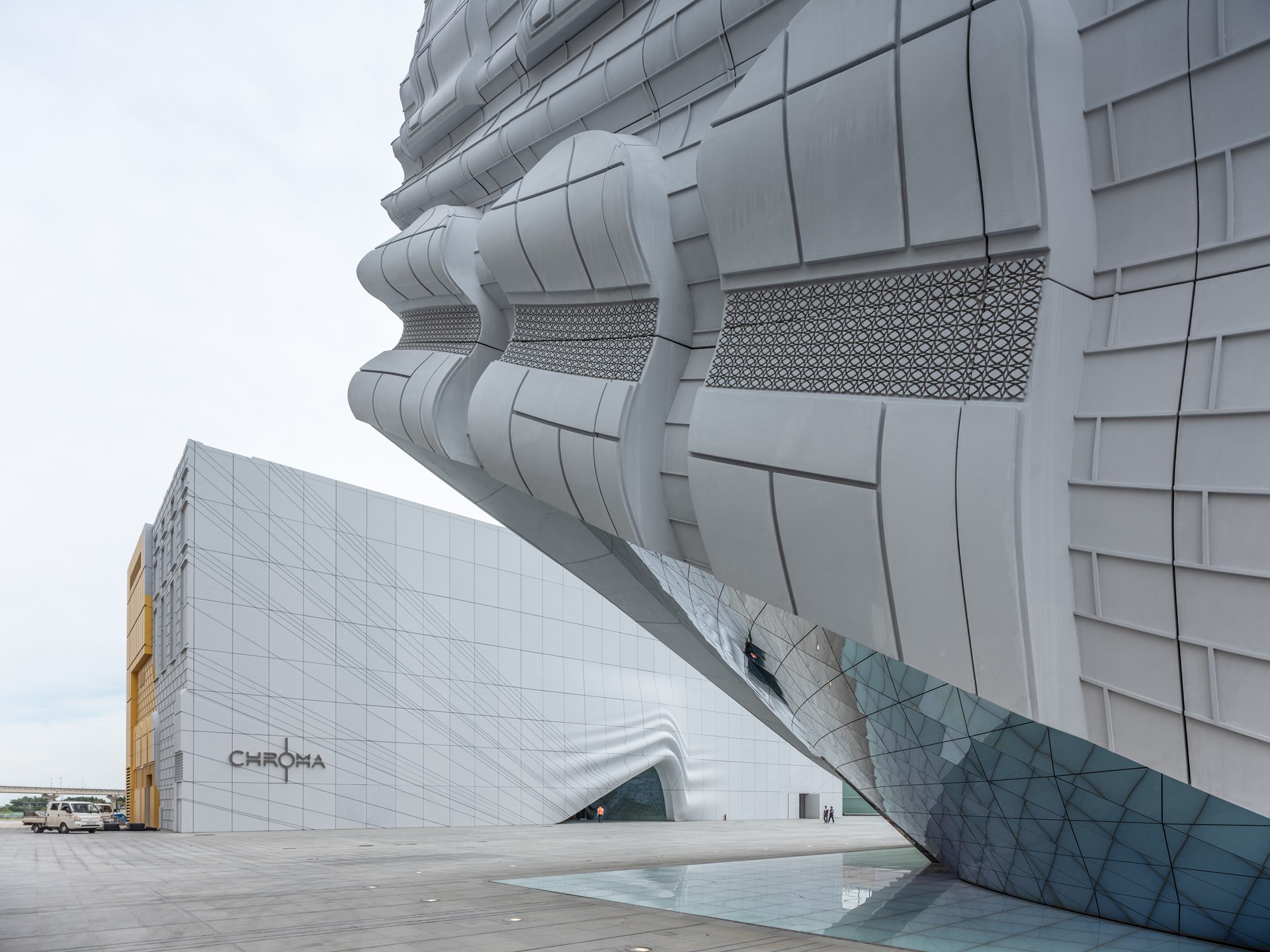
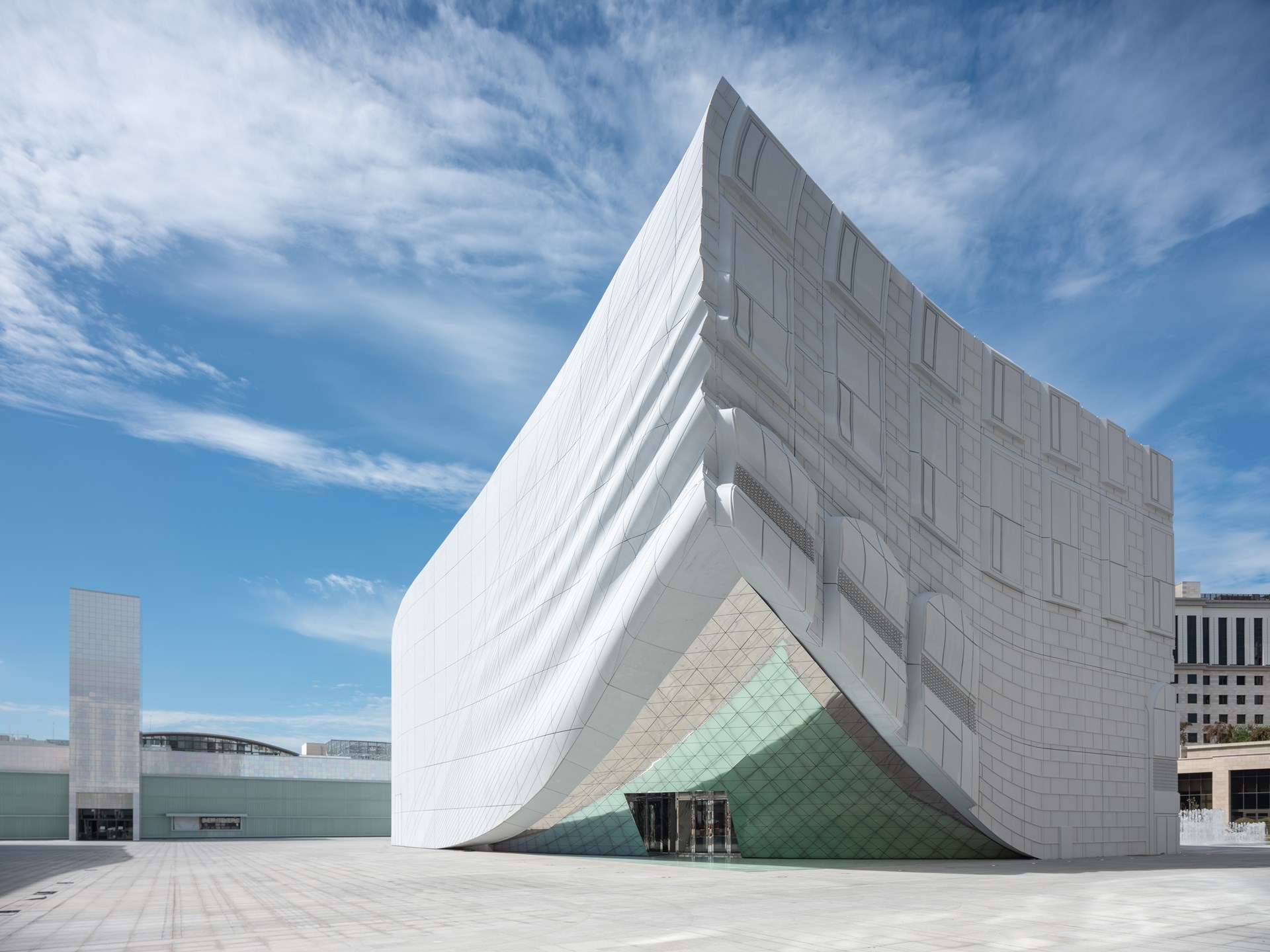




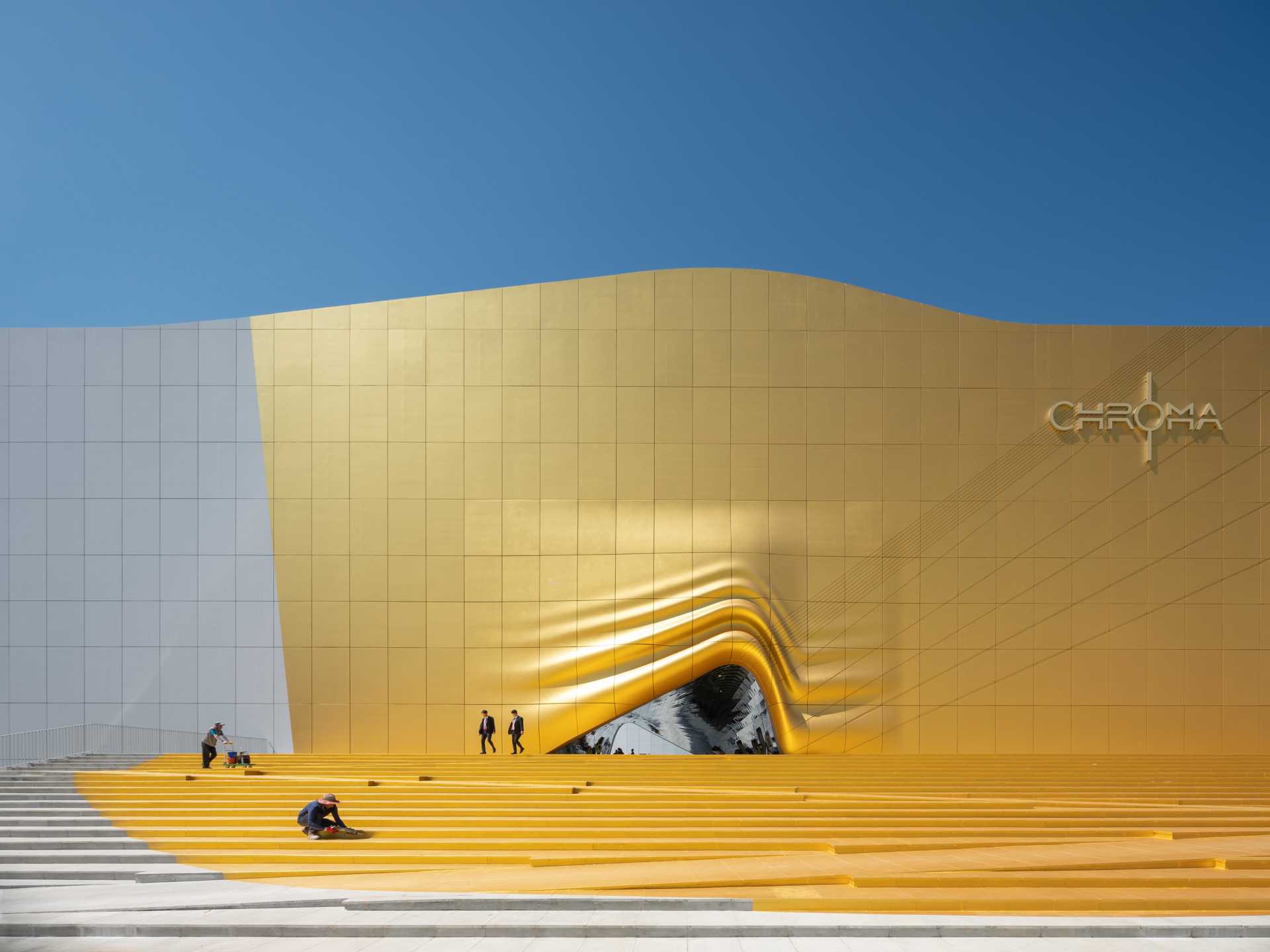

.jpg?width=1920)

.jpg?width=1920)
.jpg?width=1920)
.jpg?width=1920)
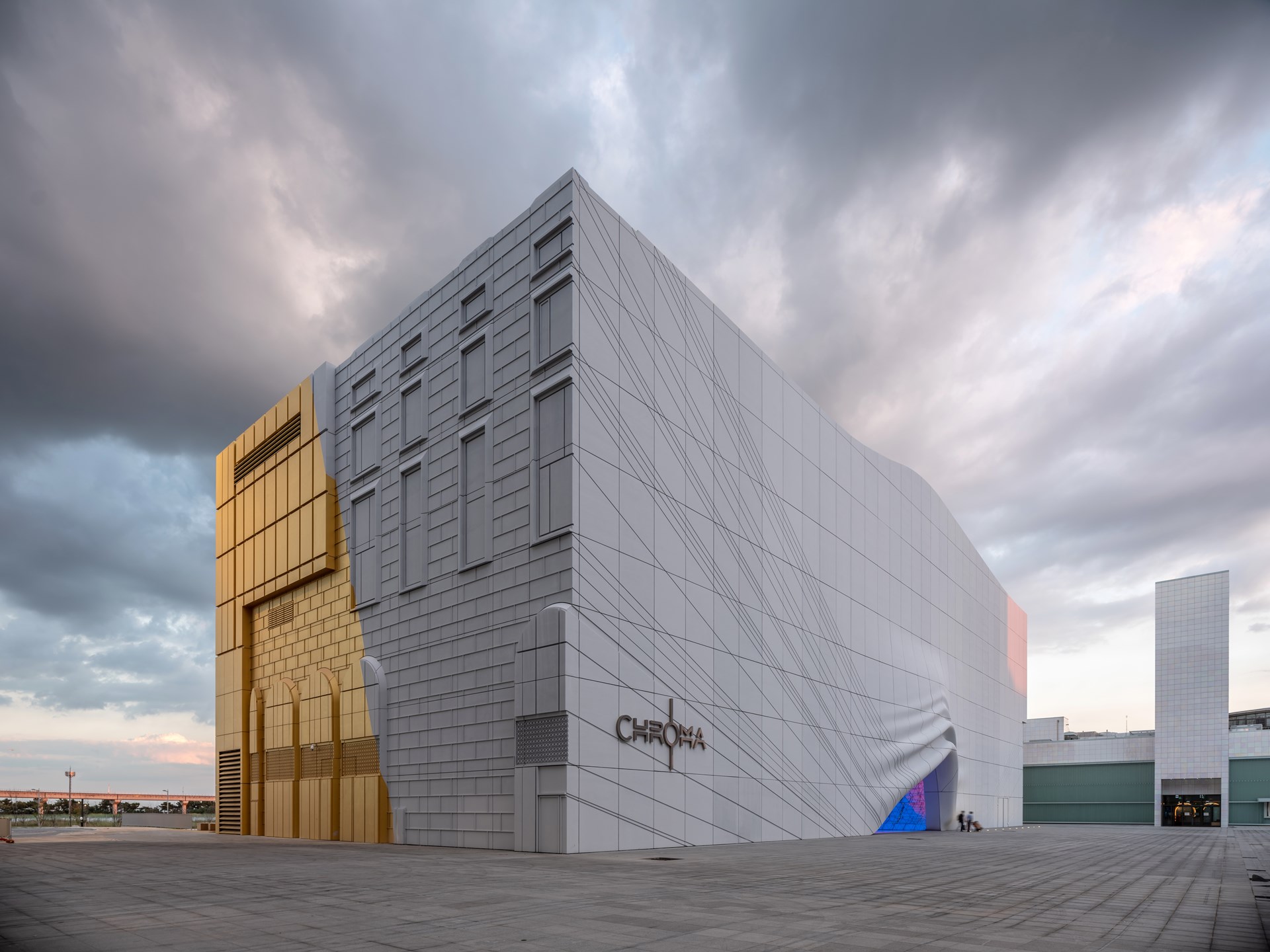
.jpg?width=1920)

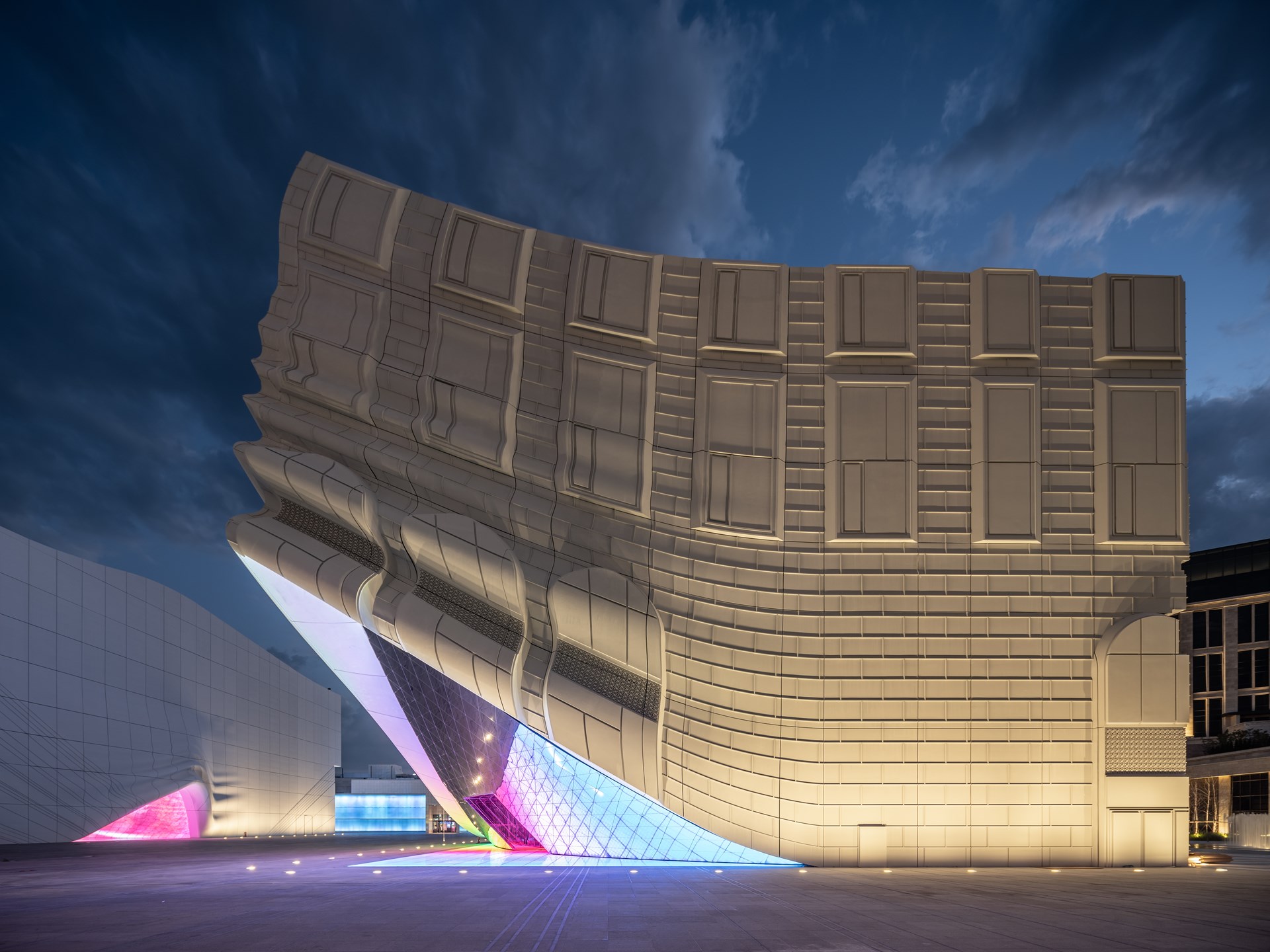
.jpg)
Credits
- Architect
- Principal in charge
- Partner
- Design team
- Visualization
- Copyright: MVRDV
- Partners
- Strategy & Development

.jpg?width=360&height=360&mode=pad&quality=75)

.jpg?width=900&height=500&quality=75&mode=crop&scale=both)



.jpg?width=360&quality=75&mode=crop&scale=both)
.jpg?width=360&quality=75&mode=crop&scale=both)
.jpg?width=360&quality=75&mode=crop&scale=both)

